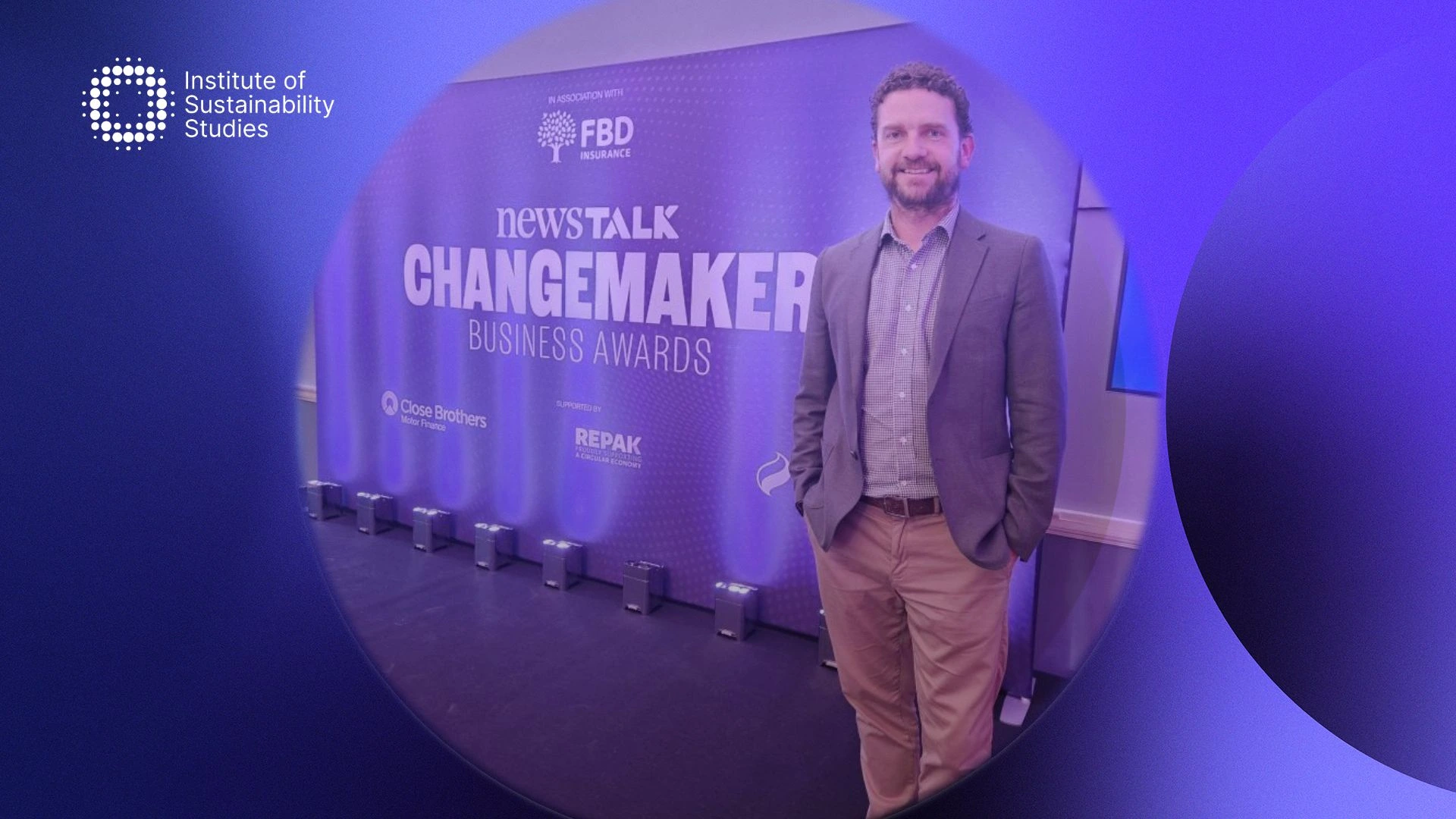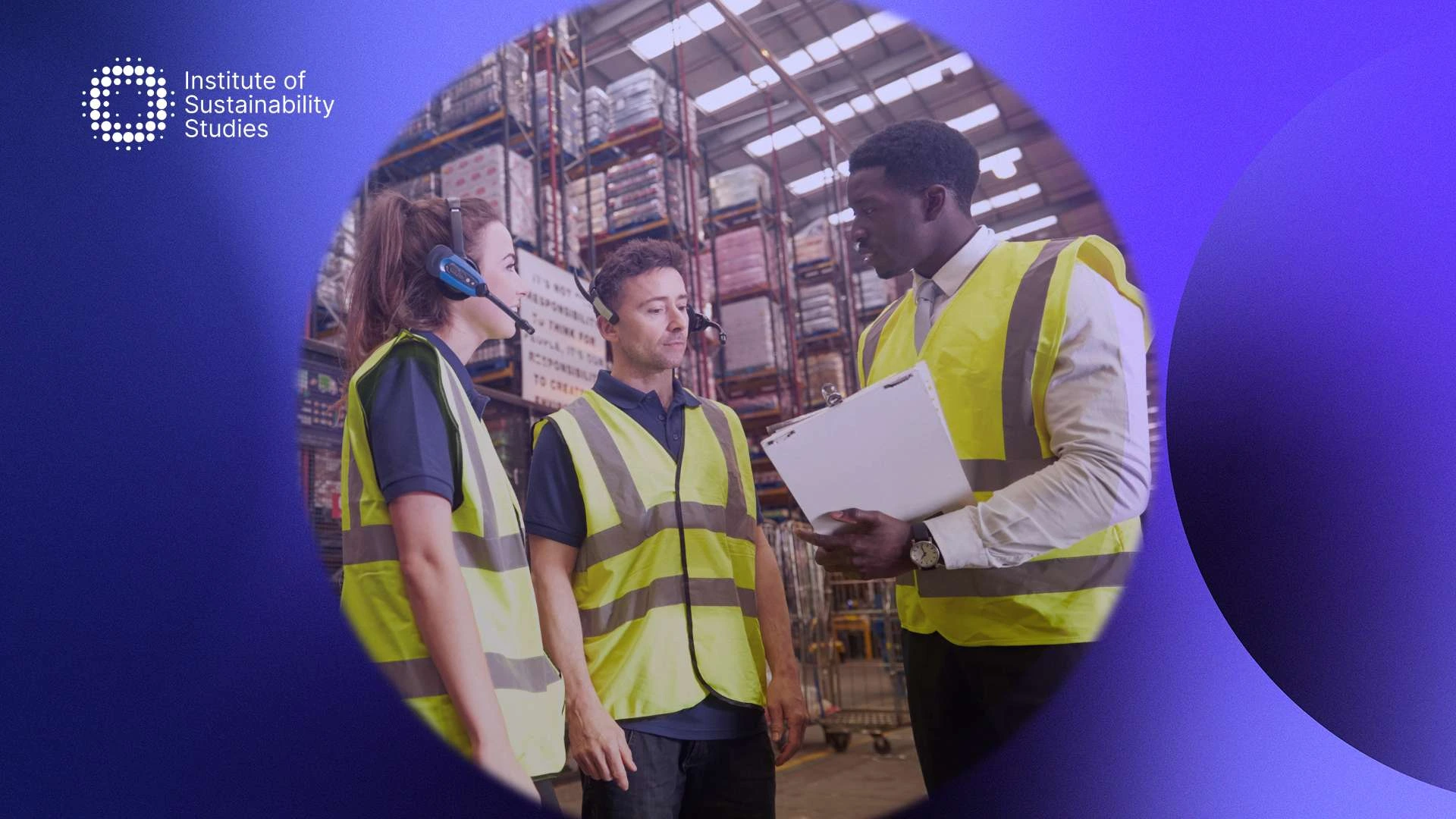We are faced with an urgent need to transition to a green economy to tackle the threats presented by the climate emergency. Achieving our ambitious climate goals is a monumental task that requires effort from the whole economy. To make this happen, we need a transformation in both jobs and skills. Already we are seeing a rise in sustainability and green jobs.
However, we need to also focus on the skills that power those jobs. There is currently a sustainability skills gap, and we must address it. The reality is that genuine, meaningful change will come about through a skills-based approach. Tackling the sustainability skills gap will help enhance business performance and also in meeting vital sustainability goals.
Continue reading to learn more about the sustainability skills gap, why we must focus on it, and how we can close the gap.
The sustainability skills gap
If you have scanned LinkedIn or Indeed recently, you probably have noticed green jobs are booming. The worrying aspect of this is that there aren’t enough skilled individuals to fill the demand for green and sustainability occupations, which is increasing quickly. To tackle the climate crisis and overcome worldwide environmental hurdles, the corporate world requires an army of employees, in every area of business, to implement sustainability.
The gravity of the climate problem has resulted in over 3,900 businesses announcing climate pledges. For businesses to succeed in fulfilling their climate pledges, they need employees with certain skills. For instance, some will require specialised and deep sustainability knowledge. Additionally, skills in areas like ecosystem services valuation, carbon accounting, and carbon removal.
Sustainability is much more than simply reducing negative impacts or doing good, it is a technical skill set that requires a science-based and transparent approach. This approach enables employees to assess the worldwide impacts of an organisation’s activities and then take action to eliminate these, whilst striving forward toward a more regenerative approach. This is increasingly important with the arrival of reporting frameworks like the Corporate Sustainability Reporting Directive (CSRD).
We need new workers to enter green and greening potential roles. The harsh reality is right now we are not anywhere close to having the amount of green talent we require or green skills to accelerate the sustainability transition. If we do not change this, we will not have adequate human capital to meet our climate goals. We need all of this to effectively green the economy. Green skills intensity must boost in each sector and country to build the supply and demand required. These kinds of skills act as the building blocks of the green transition, but human capital must power it.
Where sustainability jobs are booming
Sustainability jobs are booming, which is why we are in a position where we have a sustainability skills gap we desperately need to fill. Over the last five years, roles within renewable energy and environment sectors rose by 237 percent. Worldwide, the switch to renewable energy is predicted to result in a significant increase in jobs in the energy sector.
However, the rise in sustainability jobs goes further than roles within the energy sector. Sustainable fashion, for instance, is one of the quickest-growing sustainable job sectors. Its annual growth rate between 2016 and 2020 averaged 90 percent. There has also been a major expansion of ESG investing, which has resulted in many new roles popping up within sustainable finance. PwC announced it would invest $12 billion in ESG investing by 2026, which would bring about 100,000 new roles.
According to CNBC, the six fastest-growing green jobs of the decade are for wine turbine service technicians, forest fire inspectors and prevention specialists, solar photovoltaic installers, environmental science and protection technicians, and soil and plant scientists. In saying that, it is also important to acknowledge that not all rising green jobs are traditionally green. This is because more and more businesses, whether related directly to the environment or not, are trying to minimise their impact on the planet.
How to close the gap
Now that you understand the challenge we face concerning green jobs and green skills, you are probably curious as to how we close this gap. After all, doing so will help us immensely in fighting the climate crisis. There are several things we can do. Firstly, working collaboratively to create a shared understanding and the sustainability skills and knowledge needed for these green roles is crucial. We need improved taxonomy, which builds on recent sustainability work by worldwide organisations, private businesses, and national governments.
Sustainability skilling can certainly borrow from recent advances to create an improved roadmap toward green training, jobs, skills, and career paths. However, work is required from a broad range of stakeholders. Employers should also work quickly at upskilling their teams through learning initiatives and projects that focus on green skills and sustainability knowledge. They will require support from a range of learning partners, including vocational education providers, educational institutions, online training providers, and apprenticeship programmes. This work should kickstart with the creation of new learning materials which can be utilised online and in person.
It must be backed up by extending learning programs to include team members in organisations and a larger portion of the workforce. Additionally, there is a real opportunity here for government funding and policy to accelerate and scale these impressive efforts. The world also needs to prepare and plan for the next generation of workers for the green jobs of the future. Just as companies, NGOs, and governments have collaborated to bring computer science and digital skilling into schools, they need to do the same with environmental science and sustainability fluency in primary, secondary, third-level, and beyond.
Businesses looking to become sustainable need individuals with a mix of four broad skill sets. These skills will be essential to telling the story, guiding the journey, crafting solutions, and measuring progress. Talent with this broad profile is limited, and organisations should take inspiration from the front-runner enterprises, which are selecting team members with at least one of those skill sets. From there, they help them to put their talents to work. Focusing on finding someone who already has these skills is unrealistic. Looking for people who are seeking roles with purpose and are ready to upskill and train on the job will prove more effective.
Equipping workers with sustainability skills
The real question on everyone’s mind is how to equip workers with sustainability skills. It’s a valid one because, for many business leaders, it is an entirely new arena and challenge. These skills should be core to development and learning within a business. Enterprises need to create learning programmes that focus on the sustainability skills and knowledge they want their teams to acquire. This skill set also needs to go far beyond the core team that guides the journey and rather across the entire green business.
For team members to carry out their duties in sustainable and innovative ways, they must become fluent in sustainability responsibilities and mix the necessary sustainability skills with their functional abilities for their position. This will be essential to create a sustainable and impactful future. Organisations must also be ready to invest in upskilling and continuous learning opportunities to make sure team members have their ears to the ground.
New sustainability regulations and technologies are continuously emerging, so upskilling and making sure your team is aware of everything will be vital to meeting the future sustainability needs. A final crucial strategy you must consider focuses on transforming corporate culture to make sustainability a pivotal part of daily work and inclusive workforce migration part of new sustainable business processes and working methods. We need to prepare the next generation of workers for the green jobs of the future.
It is clear that training and upskilling are essential to fill the numerous sustainable positions that are popping up within organisations. Organisations need to take control of their future by placing their efforts on enhancing their capacity to harness the opportunities offered by the green transition. Soon there will no longer be sustainability jobs, just jobs. Just as our systems must innovate, we must also innovate to accommodate the new world we will be creating.
Summary
There are a huge amount of green roles popping up. This is a brilliant sign as it shows climate action is on the horizon. However, we are faced with a slight challenge as there is a sustainability skills gap. Many skills are vital to embed sustainability into an enterprise’s strategy and making it part of its DNA.
Being able to develop sustainability skills will not only enhance business performance but also help us stand a better chance of achieving worldwide climate goals. We must address this critical gap so we can make strides to slow climate change and protect the planet and all living on it.
Our Diploma in Business Sustainability provides business leaders and teams with the expertise, mindset, skills, and confidence they need to take on the climate challenge and enhance their impact.










